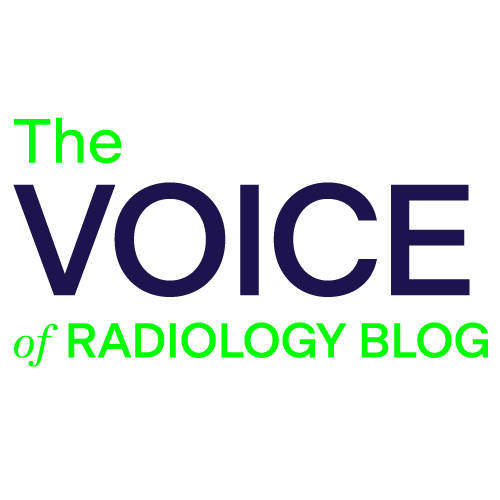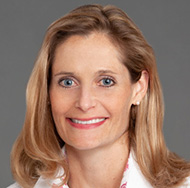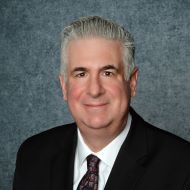Tatum Simon Johnson, MD, diagnostic radiologist at Wake Forest Baptist Health in Winston-Salem, NC, contributed this post.
I am burnt out on the word “burnout.” Burnout can be defined as a long-term stress reaction characterized by depersonalization, emotional exhaustion, a feeling of decreased personal achievement and a lack of empathy for patients. For many, it evokes feelings of frustration and hopelessness. Others may feel it’s a sign of weakness and dismiss the idea altogether. After all, our medical training teaches us to “tough it out.” It may be easier for some, rather than others, but we must talk about it. Can burnout be addressed proactively, before a physician reaches their breaking point? As we find ourselves on the front lines of a global pandemic, it’s time to take action.
Analogies can be drawn between our reaction to burnout and our reaction to the COVID-19 pandemic. We are human beings first, and physicians second. I’ll bet that some of you bought extra toilet paper last week! None of us are immune to the very normal reactions to threat or perceived threat: fight, flight or freeze is our primitive physiologic sympathetic nervous system response. But what if there is no tiger to outrun? What if our tigers include fearing loss of income, poor outcomes or loss of respect from colleagues if we make a mistake, failure to produce high volumes or to keep up with publications?
According to the 2019 Medscape Radiologist Lifestyle, Happiness & Burnout Report, 45% of radiologists report being burned out, 14% colloquially depressed and 3% clinically depressed.
I find that regular exercise, practicing mindfulness and laughing with colleagues, whenever possible, keep me in check. Nurturing positive connections with technologists, nurses and other providers sustains me. Our profession can be highly competitive; find those you can trust and remember to be kind.
While we can all get back to the basics of self-care by maintaining a balanced diet, exercising and sleeping properly, and nurturing positive connections, we must also remember that the solution to burnout is not a one-size-fits-all approach. I encourage you to take action now and seek out the tools and resources available. Many organizations are offering free burnout toolkits that you can access online.
The ACR has curated a selection of well-being tools, activities, webinars, podcasts and more to help improve your well-being throughout this pandemic and beyond. Check out Combating the COVID-19 Pandemic: A Collection of Well-Being Resources for Radiologists for all the latest information.
Now, more than ever, we must take control so that we can give our best to our patients, colleagues and institutions.
- Does your institution offer well-being resources? What tools are most beneficial to you? Please share your thoughts in the comments section below, and join the discussion on Engage (login required).


